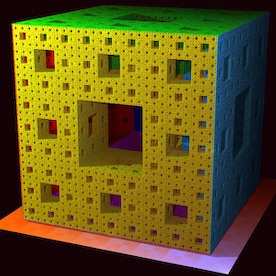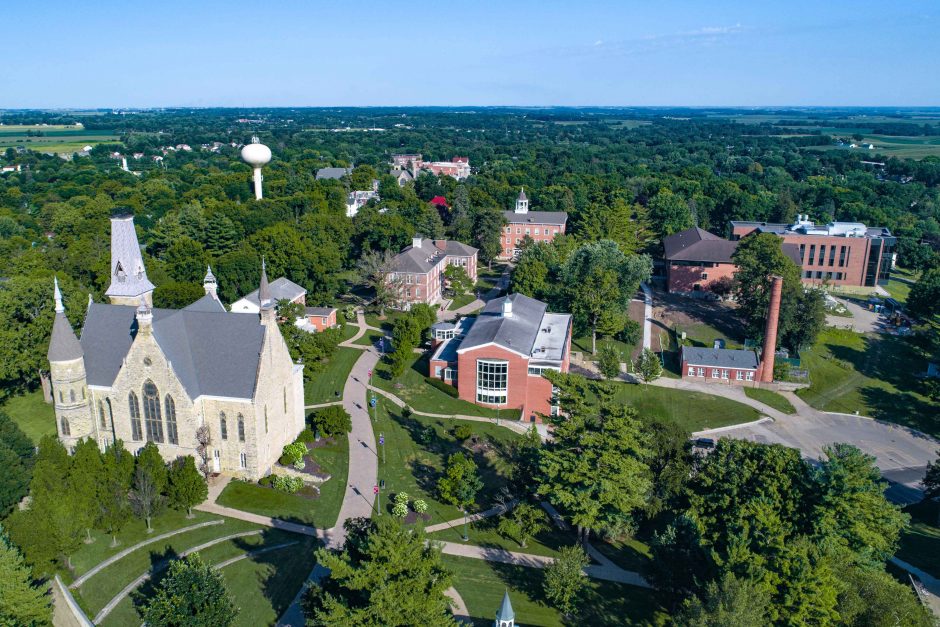Math students study fractals during summer research
Laina Mowry and Fadzai Fungura spent the summer of 2007 at Cornell researching the geometry of self-similar fractals — objects whose parts are miniaturized copies of the larger structure.

Mowry investigated fractals such as the Menger sponge that evolve from a cube or its higher dimensional analogs. Her goal was to define these objects in a way that allows them to be analyzed in n-dimensions without having to resort to pictures, and she used combinatorics to compute their fractal dimension.
“The nice piece of her research is that it applied to a wider variety of self-similar fractals,” says mathematics professor Steve Bean who helped guide the research projects along with Professor Jim Freeman. Mowry presented her research at the Young Mathematician’s Conference at Ohio State University in August.
Fungura restricted her research to a four-dimensional Sierpinski pyramid which begins with a pyramid as its basic shape. She wanted to know if the four-dimensional pyramid could be unfolded into normal three dimensional space. While she did not reach a definite conclusion, the answer appears to be “no”.
Both students are majoring in mathematics and physics. Fungura, from Zibabwe, plans to pursue graduate studies and says the experience gave her a valuable taste of research life.
“I grew up in a British system and we never did any research,” she says. “It was always about memorizing class material, so doing some work mostly by myself was kind of a challenge. Since I plan to go to graduate school, the research really did help in preparing for that.”
Both students will present their work at Cornell’s Student Symposium in the spring.



